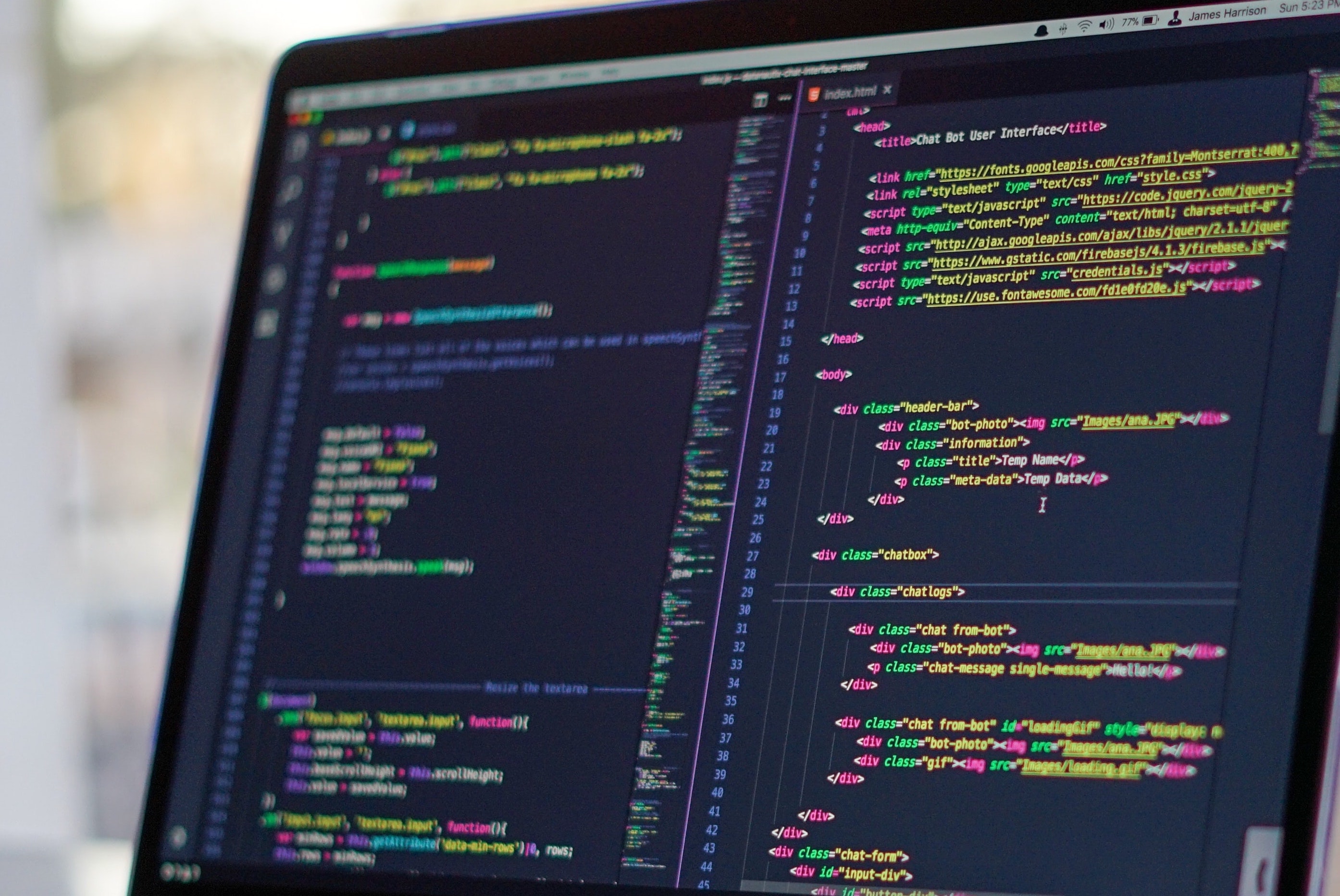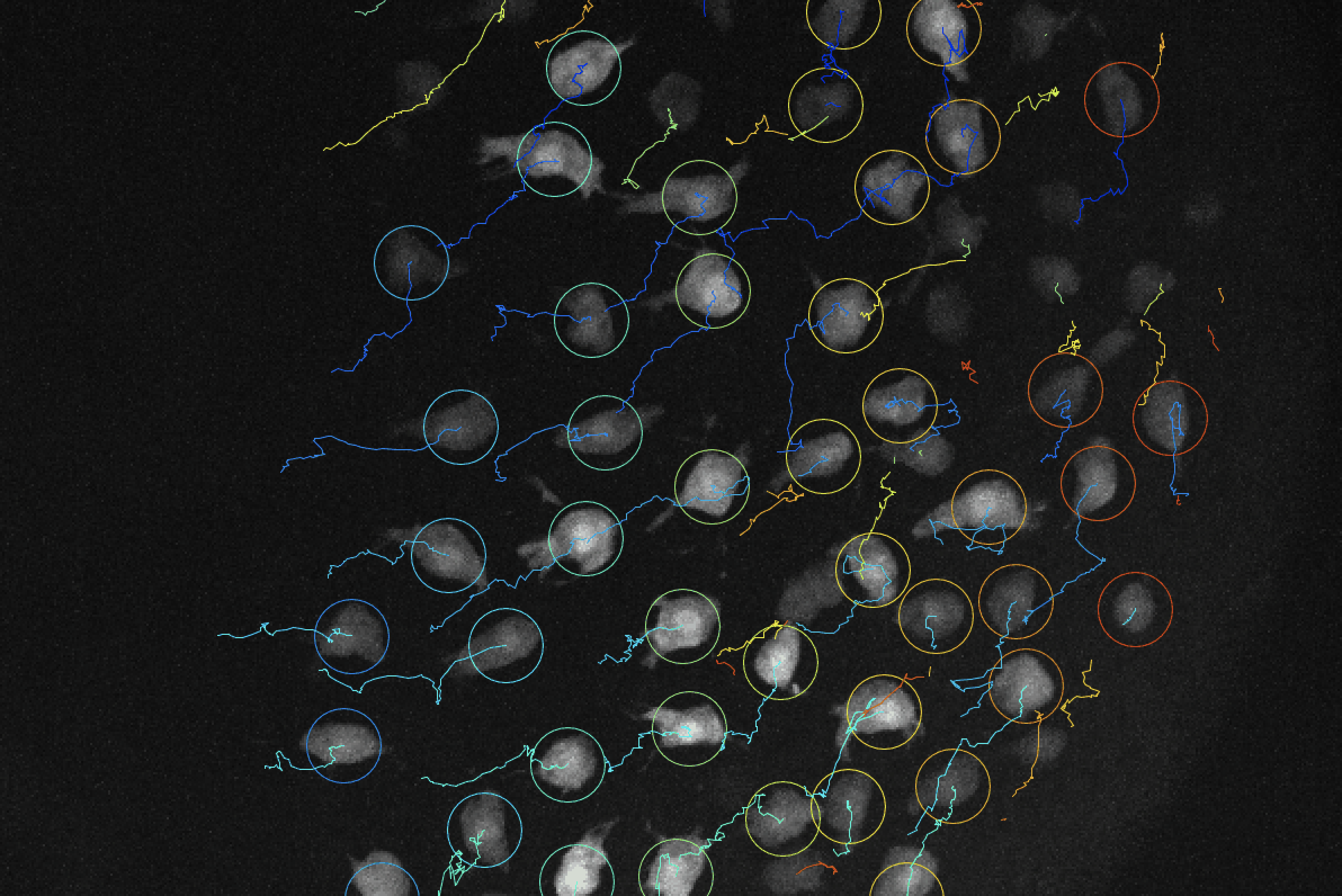
Hypergraph-Based Image Segmentation
Students: Darcy & Juan
Majors: Mathematics
During the summer of 2020, we had the opportunity to participate in the Visiting Faculty Program (VFP) at Lawrence Berkeley National Laboratory. During this 10 week program, we worked under Talita Perciano from the Data Analytics and Visualization research group at LBNL. I met Talita when I participated in the Sustainable Research Pathways Workshop. Although a virtual summer research program wasn't ideal, we still had a lot of fun learning about graph theory, image segmentation, and how to code in C++.
This semester, both Darcy and Juan are supported by the Stan State SERSCA program.
Abstract: X-ray micro-tomography (μ-CT) is a non-destructive 3D imaging technique often used to image material samples. The Advanced Light Source at Berkeley National Laboratory houses a synchroton-based μ-CT instrument which produces high volumes of data at a fast rate. This has led to the need for image processing techniques capable of extracting valuable information in large complex data sets. Image segmentation is an important processing step which separates various components in an image. Graph-based segmentation algorithms have been used for many years, with current interest primarily in designing algorithms which can handle large data sets. Recent approaches using Markov Random Fields (MRFs) exploit local properties of MRFs to run computations in parallel. In this project, we developed an image segmentation algorithm using a hypergraph-based MRF model. The algorithm is coded in C++ and preliminary results indicate that this generalized model improves precision of the segmentation of μ-CT images. We still have a lot left to do, but we are excited about the results so far!

Mean-Shift Clustering in C++
Students: Andrew & Jasmin
Majors: Computer Science & Mathematics
In the VFP image segmentation algorithm, we applied the k-means clustering algorithm to create the hypergraph model for the image. In other hypergraph-based segmentation algorithms, mean-shift clustering also produced great results. However, we did not find a suitable C++ implementation of the mean-shift algorithm. Andrew and Jasmin are working together to understand the Python implementation of the mean-shift algorithm and bandwidth approximation in order to reproduce it in C++. We hope to then be able to incorporate this in the image segmentation algorithm and compare results to that of the k-means version.
Andrew and Jasmin are both supported by CSU-LSAMP.

Pokemon GO! PVP Optimization
Co-Advisor: Dr. Jon Brown (Bakersfield College)
Students: Kevin, Pablo (BC), Ed (BC)
Majors: Computer Science
This project was brought to us by Dr. Brown from Bakersfield College who I met through the Pacific Math Alliance. Funny enough, Dr. Brown is also an alumnus from Stan State! He has worked with BC students in the past to apply game theory to analyze Pokemon GO!. In this project, we are interested in analyzing PVP battles in which you choose three of your Pokemon to fight three of your opponent's Pokemon. You can swap between any of your three Pokemon throughout the battle and can shield against charge attacks exactly twice. The player wins if they defeat all their opponent's Pokemon, or if the match time ends and they have the most Pokemon/health remaining.
Kevin is supported by the Stan State RISE program.

Modeling Embryo Cell Migration and Adhesion
Student: Jesselynn
Major: Mathematics
In this collaboration, I have had so much fun learning about cellular biology from Jesselynn. Jesselynn is a Lab Assistant in Dr. Stephanie Woo's lab at UC Merced while being a full-time math major at Stan State. In the Woo Lab, Jesselynn captures videos of zebrafish embryo cells migrating to uniformly spread out before coming together to form an endodermal sheet. We are using Fiji/ImageJ to obtain data from these videos which we will then analyze in Python to better understand cell migration.
Jesselynn is supported by the Stan State RISE program.

Predictive Modeling of Mathematics Course Enrollment and Success
Students: Aaron & Sherly
Majors: Mathematics
We our working with Stan State's Institutional Effectiveness and Analytics (IEA) team to study recent trends in our mathematics major courses. In recent semesters, the Mathematics Department has needed to offer more sections of lower and upper divison mathematics courses. This project aims to first apply statistical methods to analyze the recent increase in enrollment, and then we will later develop a Machine Learning model to predict enrollment rates for course offerings in the mathematics major.
Aaron & Sherly are both supported as a PUMP Undergraduate Research Group (URG) and through the Stan State RISE program.

Predictive Modeling of Track Performances
Student: Rommell
Major: Physics
Rommell has a passion for running track, he was an all-star athlete in high school and even competed on Stan State's track team. Using data from Athletic.net, we are analyzing how an athlete's 800 meter time is related to their gender, grade level, and season records for the 400 meter and/or 1600 meter. It is often believed that there are strong correlations between these events, the best 400m runners often do very well in the 800m and similarly for the 1600m. We have put this project on pause at the moment, but we have managed to get about 40,000 data points to work with so far and have started cleaning it up for analysis.
Rommell is in the Cal-Bridge program for undergraduates studying astronomy and/or physics.






